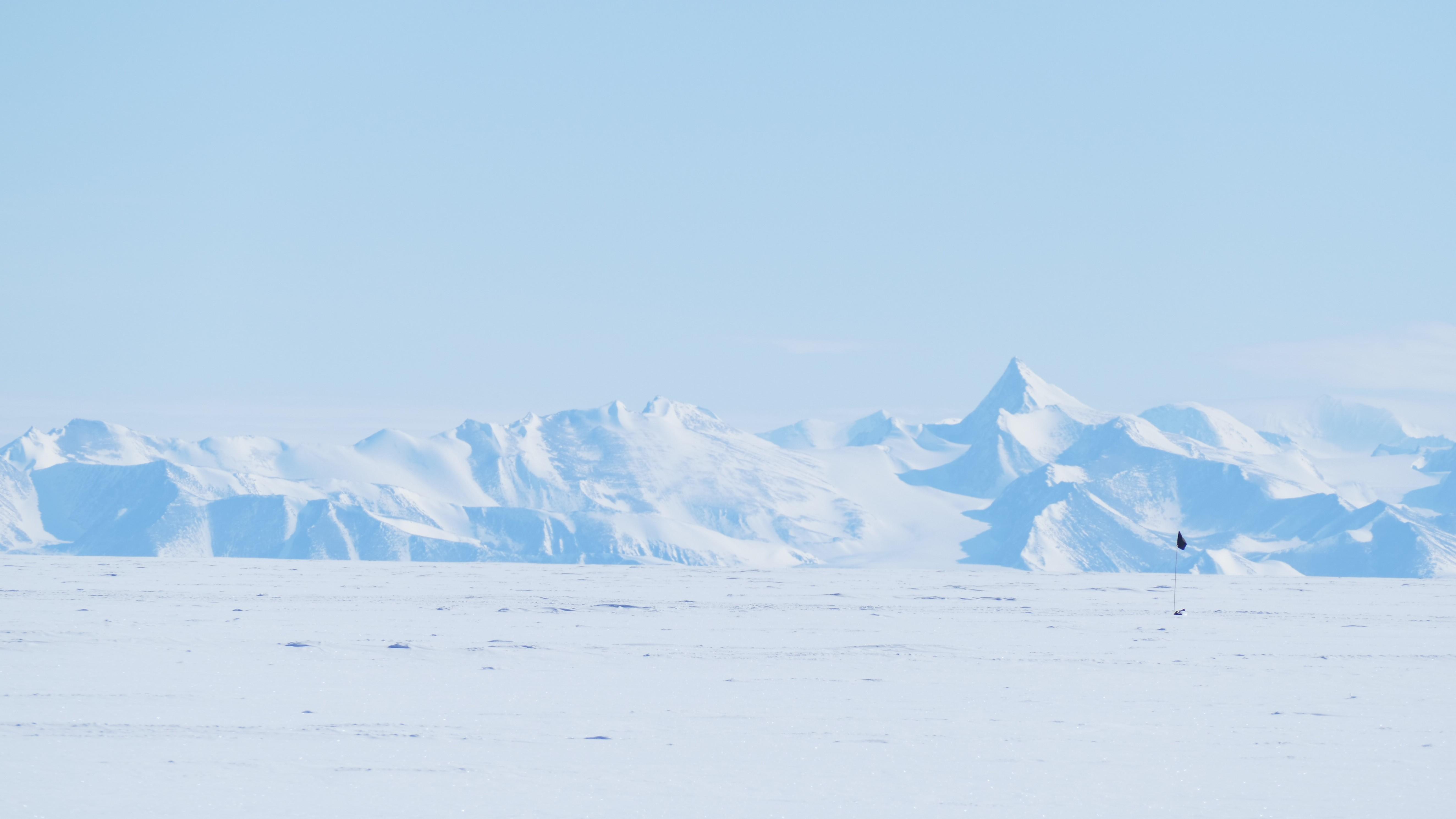
Submitted by Dr C.M. Martin-Jones on Tue, 15/03/2022 - 10:33
The WArm Climate Stability of West Antarctic ice sheet in the last INterglacial (WACSWAIN) project, led by Cambridge Earth Sciences' Professor Eric Wolff, aims to understand the possible collapse of the West Antarctic Ice Sheet during the Last Interglacial (roughly 120,000 years ago). This time period is when scientists think it was last as warm as climate change scenarios predict for the coming centuries, so the project’s findings could help forecast how the ice sheet will respond to future anthropogenic warming.
As part of the project, a 650-metre-long ice core was drilled from Skytrain Ice Rise in Antarctica, starting in 2018. The team, which also involves researchers from the British Antarctic Survey, are now beginning to examine initial data from the core, including water isotopes, dust and methane, which will tell them more about fluctuations in the size and stability of the ice sheet in the past.
Explaining the analysis on our blog, Wolff said, “This is very demanding work – each instrument has its own temperamental ways, and you are working against the clock, as the ice is melting at 3 cm per minute… But, with a fantastic effort from everyone involved, both from the Department of Earth Sciences and the British Antarctic Survey, the whole core was analysed by the end of last autumn.”
Recent modelling studies predict that anthropogenic warming could lead to the loss of the West Antarctic Ice Sheet in the next few centuries, and cause a large rise in sea level. The WACSWAIN project aims to discover whether the ice sheet was destroyed by similar warming in the last interglacial, as both modelling and indirect evidence suggest.
The five-year European Research Council (ERC) funded project will provide new data showing how the West Antarctic Ice Sheet retreated in the past, by measuring proxies for ice sheet extent like sea salt content in the core. They plan to use this to test models of ice sheet cover on the continent over the last 130,000 years.
As well as collecting climate information from salt and other proxies, the team also need to know how old their ice core is and pinpoint the ice dating from the Last Interglacial – a prominent target for the project. Dating the lowest sections of the ice core, where this key climatic zone should be recorded, is however much harder because the ice is compressed and thinned. But, using a combination of methane concentrations and oxygen isotope compositions in air bubbles, the team are now able to state with certainty that their ice core extends through the Last Interglacial.
Over the next year the WACSWAIN team will begin plotting climate data from the ice core against this new timescale, bringing us closer to understanding exactly what happened to the ice sheet when the climate last warmed and test model predictions of it’s fate as our planet warms.
Read more on our blog.
Meet the WACSWAIN Team
At the University of Cambridge:
- Prof. Eric Wolff
- Dr Christoph Nehrbass-Ahles
- Dr Sentia Goursaud
- Dr Helene Hoffmann
- Emily Doyle
- Isobel Rowell
- Helena Pryer
At the British Antarctic Survey:
and other staff in the field and working on logistics.
Former members of the team:

